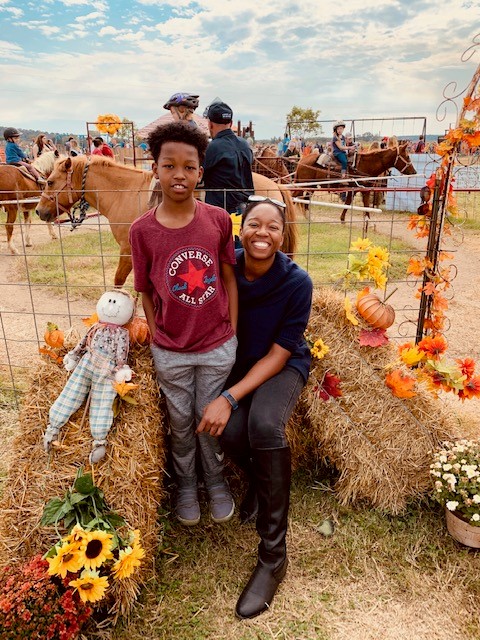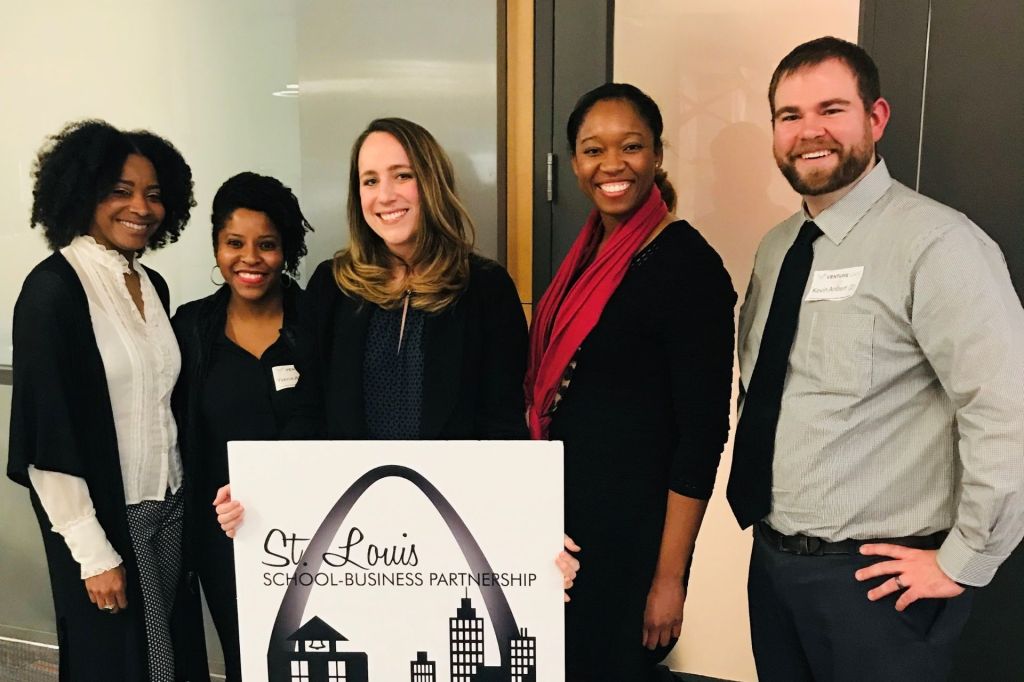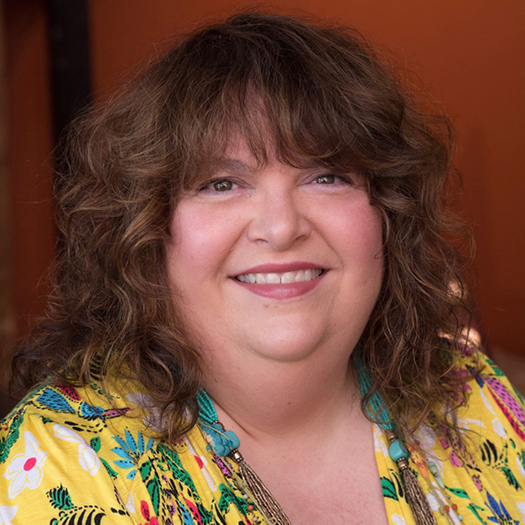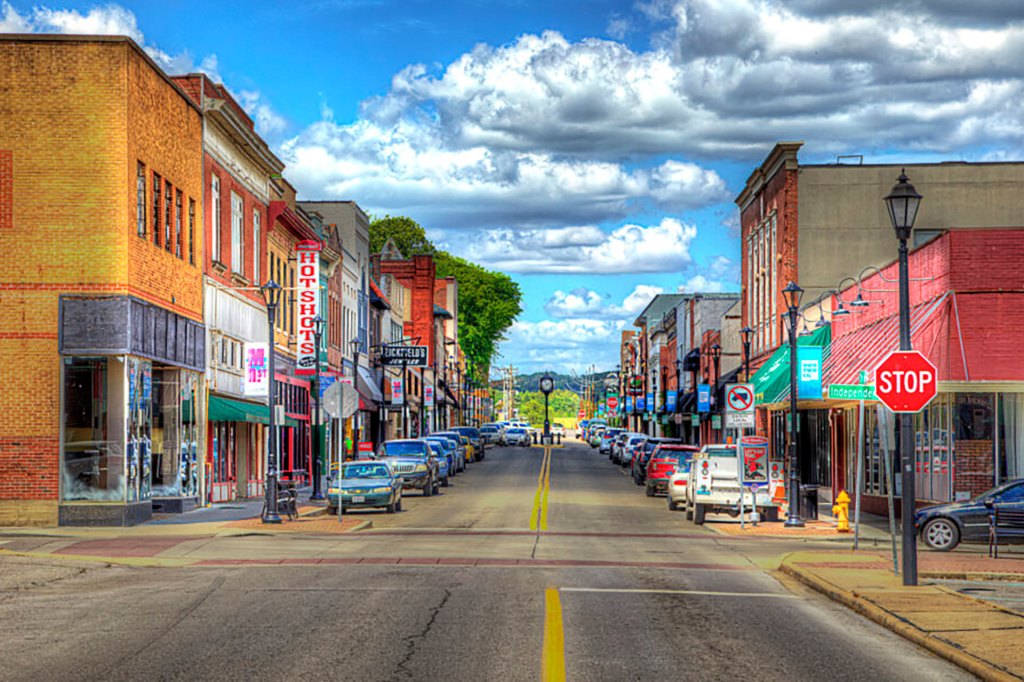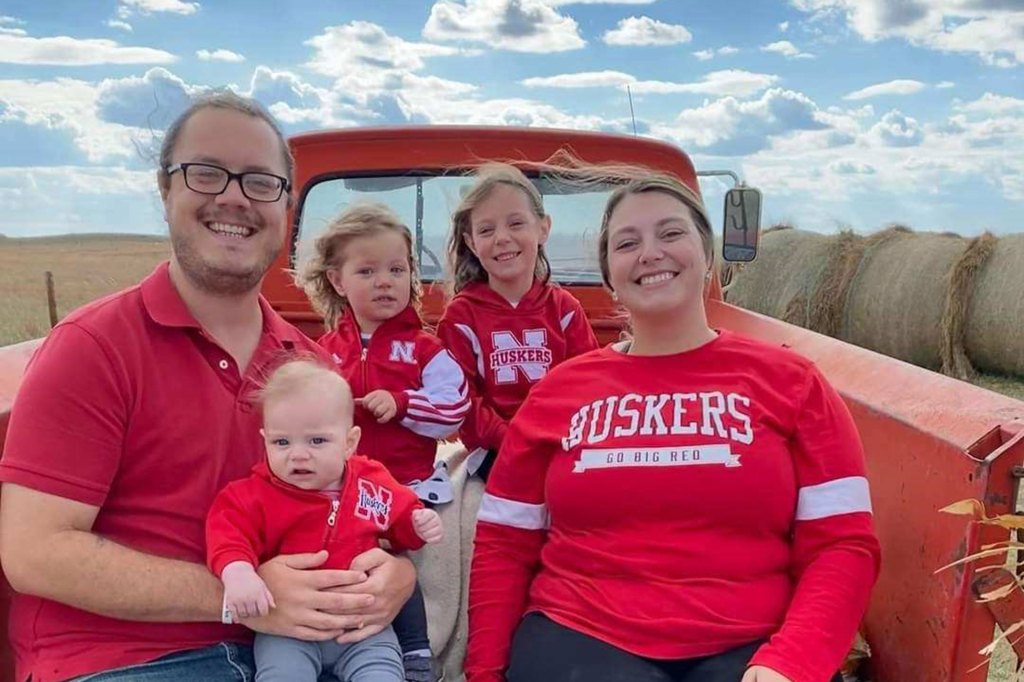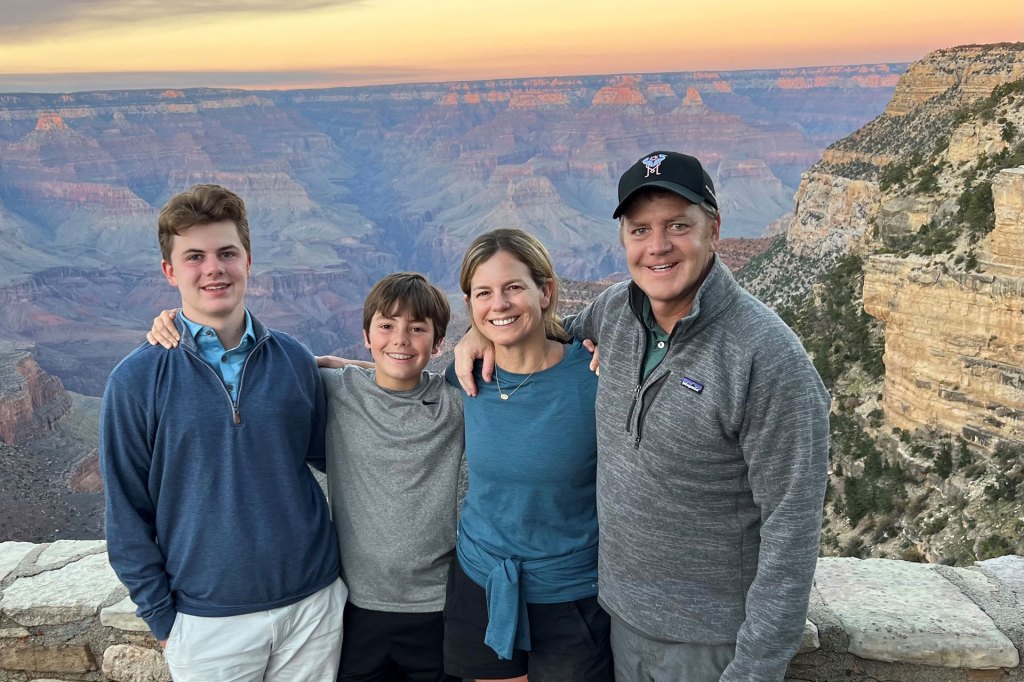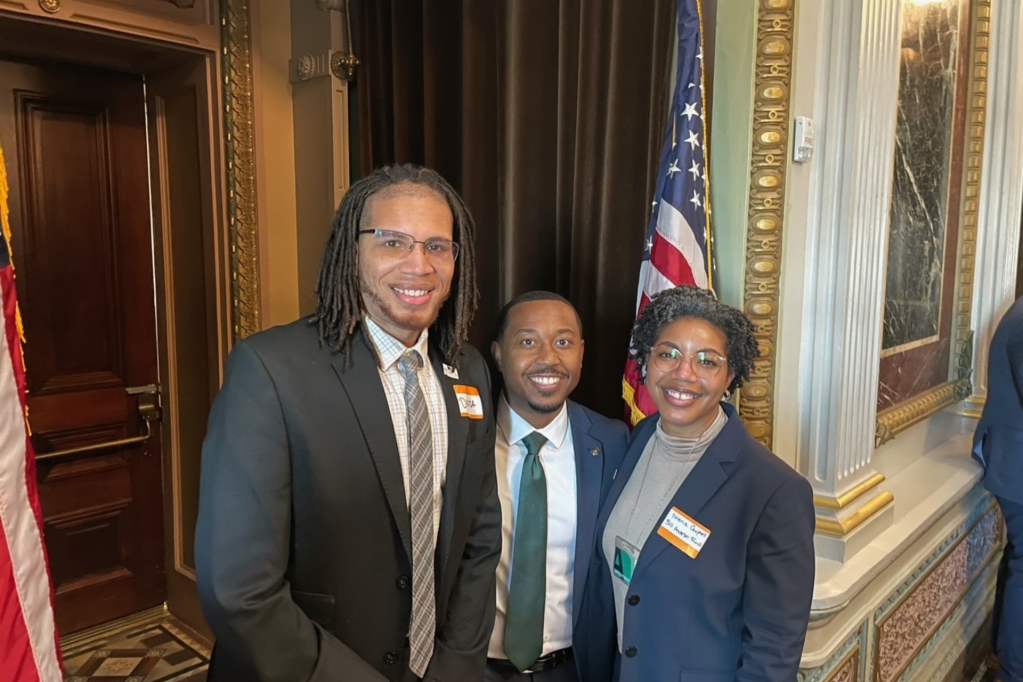Samantha Evans, Community Development Advisor, St. Louis Fed
(pictured above, second from right)
When you think about where the work of the Federal Reserve happens, you might think first of cities such as Washington DC, New York, Chicago, and San Francisco. While the Fed has main and branch offices in some two dozen cities, the reach of the Fed’s community development teams includes even the smallest corners of the United States.
Sam Evans, a community development advisor at the St. Louis Fed, focuses her work on the people who live in those corners. Having grown up in Toad Suck, Arkansas, an unincorporated community with fewer than 300 people, she knows the unique needs of small towns. In her role with the Fed, Sam brings her experience of growing up in that tiny Arkansas town with the peculiar name to her work, which focuses largely on rural economic development.
“People don’t see each other as rivals. They are people working to serve the families in their communities, and they want to know what the Fed can do to help them.”
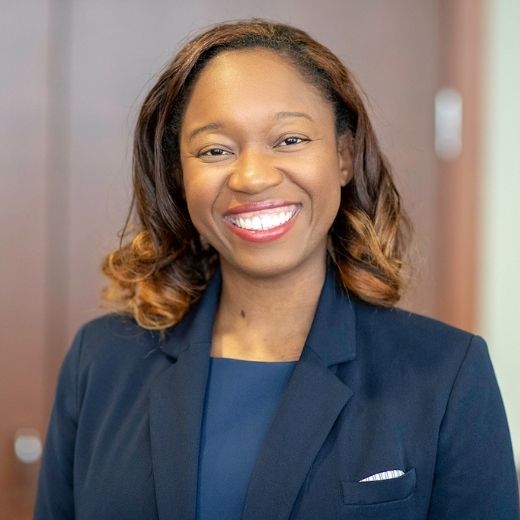

Getting personal, and getting together, for rural economic development
In its 2021 Community Development Outlook Survey, the St. Louis Fed found that the lack of jobs paying families a sustaining wage was one of the top three issues having the greatest negative impact on people in rural communities. Sam knows firsthand that jobs are scarce in rural areas, and quality jobs for low- and moderate-income families are even more rare. Finding opportunities to apply skills gained from training classes or career development programs can be extra challenging in these communities.
In rural areas, made up of hundreds of separate towns spread thin across hundreds of miles, the key to successful outreach efforts is in making them more personal. As Sam describes it, “Talking one-on-one with family members, local church congregants, and people going about their daily routines all help make the personal connections that bring people together.”
Working together is key, too. Sam knows a single rural community has limits to what it can accomplish by itself. She and her colleagues are working with individuals and businesses across geographies to help strengthen regional community development efforts.
One example of success Sam offers is a networking group formed by rural child care providers seeking support with the challenges that COVID-19 brought to their environment. Though some might have expected that competing businesses wouldn’t want to work together, Sam and her team found just the opposite. In these difficult times, she said, “People don’t see each other as rivals. They are people working to serve the families in their communities, and they want to know what the Fed can do to help them.”
Amplifying rural voices, sharing stories of success
One way Sam is helping is by promoting the experience of rural workers through the forthcoming Worker Voice Project. As part of the project, Sam and colleagues from five other Federal Reserve districts will host listening sessions to better understand the perspectives of job seekers and career changers. The sessions will focus on those in low-wage work and those in communities that have been historically marginalized in the labor market, including workers in rural areas. Using the power of collaboration, Sam and her colleagues hope to amplify the voices of such communities.
Amplifying successes can be powerful, too. Investing in Rural Prosperity, a new book from the St. Louis Fed, in collaboration with the Federal Reserve Board of Governors, does just that. In it, nearly 80 authors from financial institutions, nonprofits, philanthropies, academia, and government agencies share their perspectives to help rural communities work toward prosperity. The authors offer a framework for rural development, highlight recommendations for action, and contribute stories of progress. Sam was part of the team that helped put the book together.
Supporting rural prosperity
As a girl growing up in rural America, Sam couldn’t have imagined that her career would one day focus on easing the economic challenges of places like her tiny hometown. Today, she is proud her work at the St. Louis Fed, with banks, businesses, nonprofits, and residents of these less-populous areas, seeks to help people living in rural areas achieve a prosperous future.
